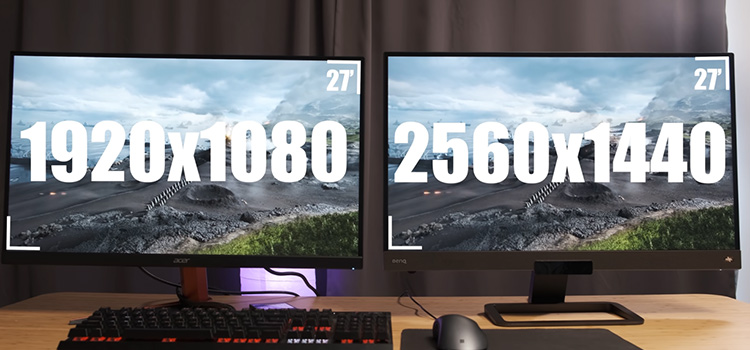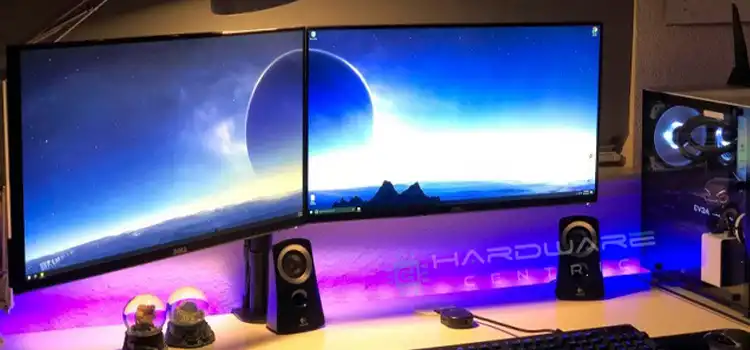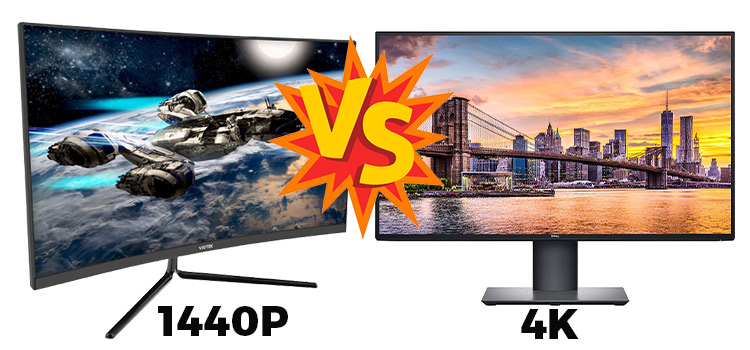1ms vs 5ms Response Time | Isn’t 1ms a Rapid Response Time?
The length of time it takes for a monitor or panel to alter the attributes of each pixel is referred to as a response time. The response time of a monitor indicates how long it takes for a pixel to change from one color to another. From red to green, or blue to black, for example.
Difference Between 1ms and 5ms Response Time
With the current technology, zero will never be possible. It all starts with 1ms if you’re a gamer or a monitor user. Consider playing a first-person shooter on a display with a 1ms response time. To navigate your car, you press the turn-left button. Your display receives this information from your computer or console and must refresh the image you see.

This activity will be executed five times slower on a 5ms display than on a 1ms monitor. Of course, because all of this happens in milliseconds, you won’t notice a significant difference. If you’re a serious player, though, every second counts since games are made to be responsive. Lags, delays, and smooth runs are all caused by reaction time.
A study of monitor reaction times reveals that various panel types enable somewhat varied response times. TN panels have the distinction of being speedier with replies, notwithstanding the little gaps that exist currently.
This implies they’re better suited to games that need quick reflexes.
Almost every TN panel now uses 1ms. As a result, they are the only ones that can handle 240Hz refresh rates. VA and IPS panels, on the other hand, often consume 2–5ms while providing far superior colors and viewing angles.
Conclusion
It’s vital to remember one thing whether you’re using a 1ms or 5ms monitor. The slower the reaction time is, the larger the monitor’s screen is. In addition, the faster the response time, the greater the resolution. Signals must travel further away from the primary power and processing sources as they get larger.
Subscribe to our newsletter
& plug into
the world of PC Hardwares






